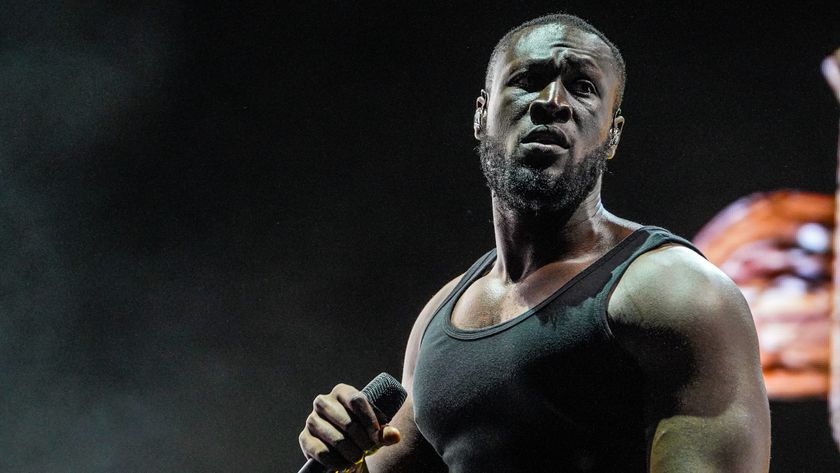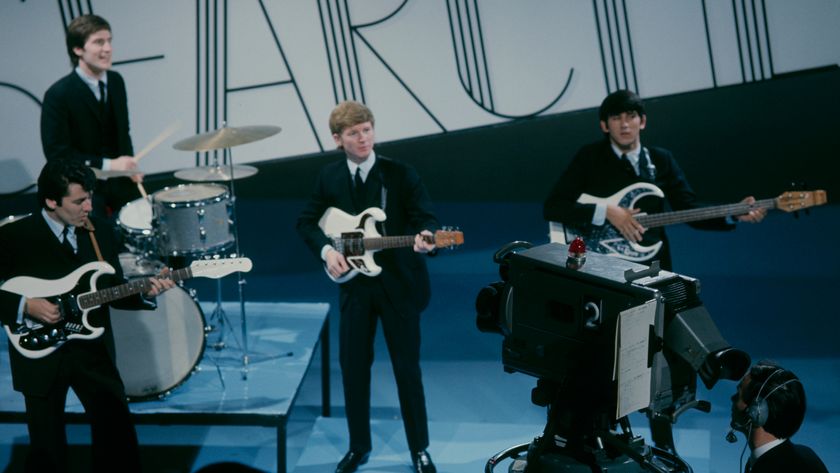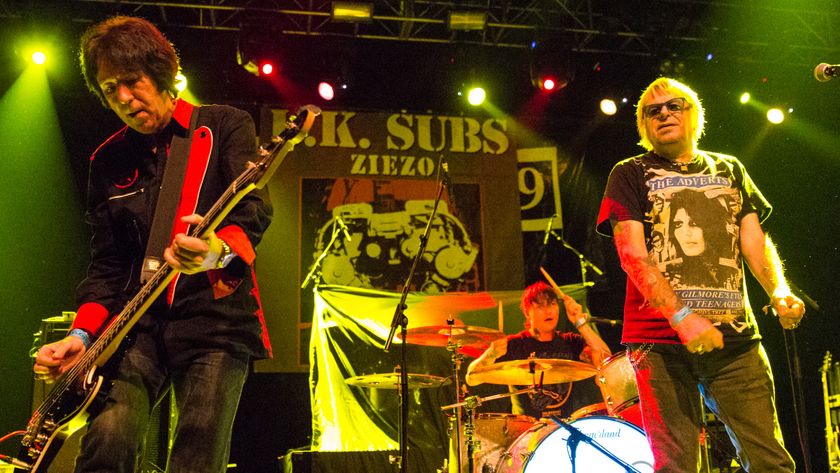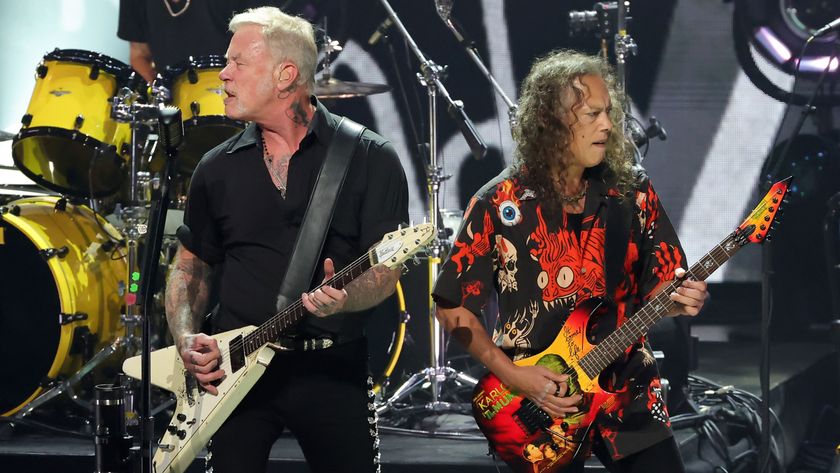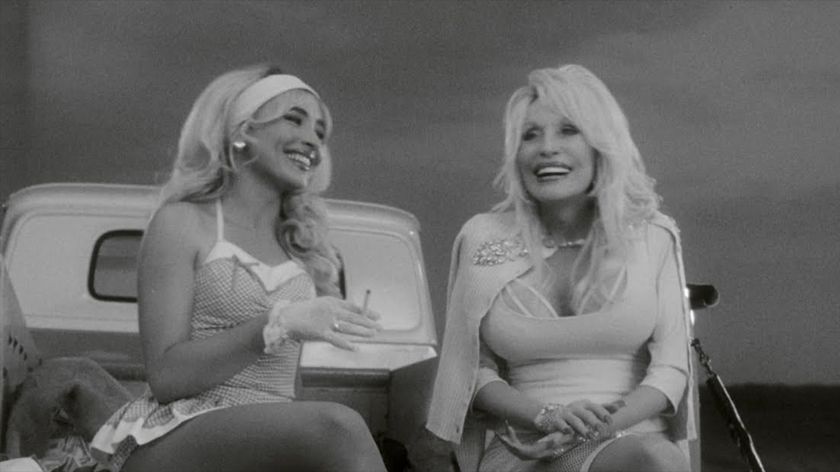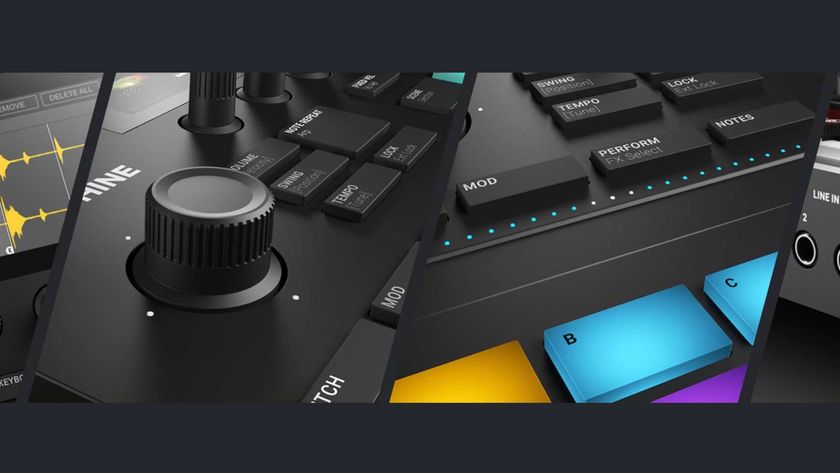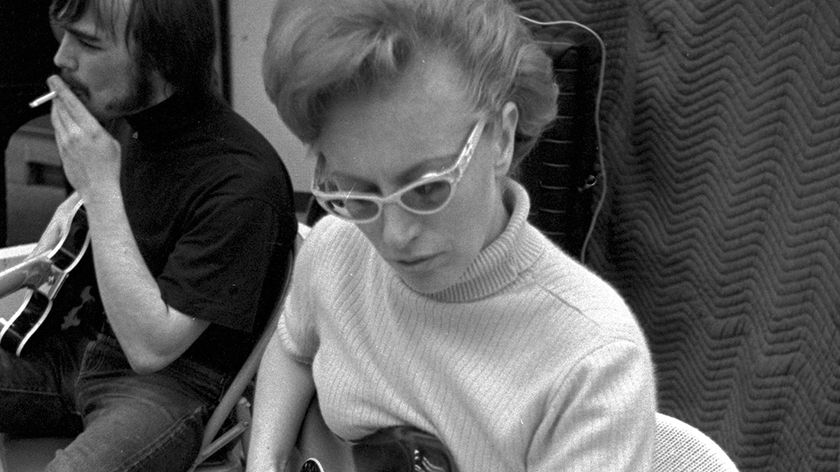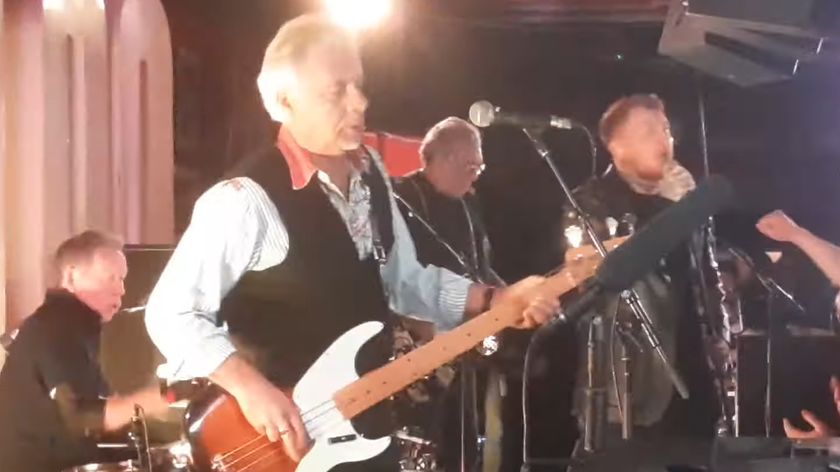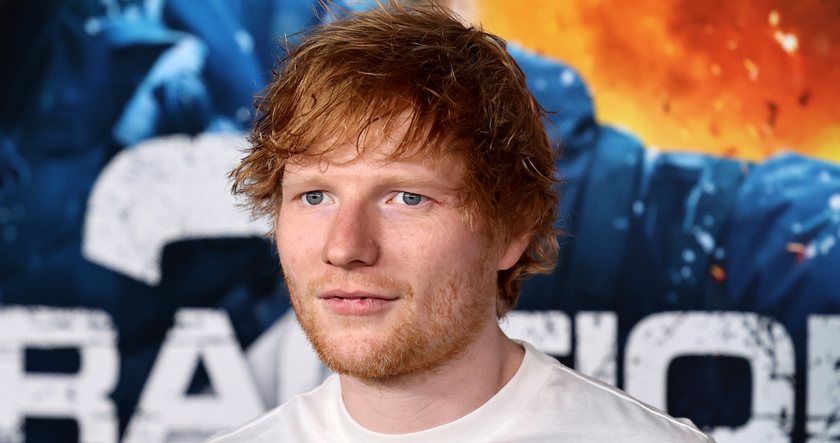A Perfect Circle's Billy Howerdel: the 10 guitar albums that blew my mind
Alt-rock trailblazer reveals the inspirations behind his masterful approach to guitar textures

MusicRadar's best of 2018: When A Perfect Circle returned to the UK for three shows earlier in June, it marked their first appearance this side of the pond in 14 years.
For those lucky enough to be in attendance, it was well worth the wait - a magnetising trance of alt-rock perfection celebrating the heaviness of their past alongside the dreamy atmospheres from this year’s long-awaited comeback album, Eat The Elephant.
Returning this December for a string of larger arena shows, guitarist Billy Howerdel is promising something even bigger - maybe even the best shows of his band’s career…
It’s probably the best set we’ve ever had. The new record shines live more than any other record, which makes it even more exciting to play
“I had a great time on that last tour,” smiles Howerdel, in his down-time in between transferring existing patches onto his brand-new Axe-Fx III, hoping to harness its tripled processing power to make life on the road that much easier.
“But I really do think the set is even better now,” he continues. “It’s probably the best set we’ve ever had. The new record shines live more than any other record, which makes it even more exciting to play. It’s been nice reimagining these things, and we’re quite proud of the reception to the new album so far.”
That new album, their first in almost one-and-a-half decades, was notable for its distinct lack of guitar, Howerdel embracing more piano-led ideas in place of the distorted echoes and ambiences that made A Perfect Circle’s Mer De Noms debut a modern masterpiece.
Their ethereal majesty and signature moodiness, however, remains unchanged - the cold strike of hammer on piano wire simply replacing the sound of pick against nickel-wound steel.
The incredibly humble six-stringer admits this presented some challenges along the way, describing himself as “not knowing much on piano” and likening his approach to “more like fumbling around in the dark” - with the added trauma of “having to figure out how to play it again live, another hard part!”
That wasn’t the only difference with making album number four, explains the founding axeman, pointing to producer Dave Sardy as someone that helped them work in new ways…
“Dave’s methods involved a lot of experimentation,” he reveals. “We would try different ingredients and then quickly move on. I purposefully hadn’t done that in the past because I’d most worked in a solo capacity and worried about recapturing something if I didn’t get the take I wanted. I’d want to be able to go and recall a sound.
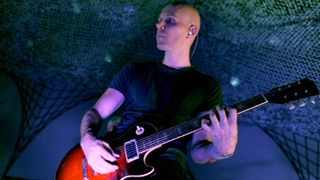
“And the way we did this record was without recall - you’d just do your take and if you had to do it again, it would be with a different sound! Most of the tone I’d say came from the amps as we usually put effects on later - like some Strymon delay pedal here and there, as well as the Fractal for a few things.”
Along with the long-serving 1978 Marshall Superlead and crackly Gibson mini amp seen behind the guitarist across the world’s stages - the latter of which he jokingly describes as the kind of amp pirates would opt for - there was also one surprise addition to the album’s sonic arsenal.
“On the song Delicious in particular there was a really cool Watkins Joker amp that had a built-in tape delay,” says Howerdel.
“Which I believe was a first for its time, building actual tape into an amp. It was lying around in my friend Oliver Leiber’s private studio and he was nice enough to say I could use anything I wanted.
“It had the original tape, so even he was surprised it worked. The amp had been sitting in a closet collecting dust for years… you could say it was museum quality, haha!”
Here, the A Perfect Circle mastermind picks the 10 guitar albums that blew his mind…
A Perfect Circle tour the UK, starting on 2 December in Glasgow. Head over to the band's website for full dates.

1. Blue Öyster Cult - Spectres (1977)
“I did a little homework ahead of this. I went to bed around 2am and ended up waking up at 7am thinking about what to pick! I took a deep dive online, looking up some of these records, and now I’m blaming MusicRadar for being a little sleep-deprived today, haha! But it’s all good…
“I was a big Blue Öyster Cult fan as a young kid. Buck Dharma was the guitar player on this, and he’s a massive inspiration for me. I think you can hear it a lot in our music... some of it comes from a part of him, at least. Maybe on a track like Orestes, Vanishing - certainly on the solo work of Breña. I’m sure that guy’s DNA is all over the place.
“There’s a boogie, traditional rock side to him that I’m not as into, but the more atmospheric stuff is what blows my mind. This record uses space in really interesting ways.”
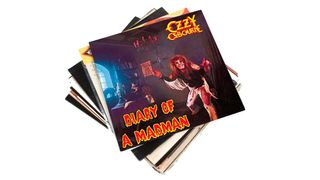
2. Ozzy Osbourne - Diary Of A Madman (1981)
“Either of the first two Ozzy Osbourne records make an obvious choice for this list, but if you made me choose one it would probably be Diary Of A Madman. Randy Rhoads made me want to play guitar with dexterity.
“It was more than how it sounded or it being fun to play… it really was what got me out of bed as far as wanting to get better. I wanted to get good enough to be able to pull off playing these songs.
“It’s so hard to pick between this and Blizzard Of Ozz… [Randy’s death] was such a loss. That guy going away like that, you can only imagine what could have happened considering the band’s growth in those few short years. He definitely injected fun into his parts, they’re still so fun to play…”

3. Missing Persons - Spring Session M (1982)
“There’s a story behind me getting into [guitarist] Warren Cuccurullo. As far as new-wave guitar players go, I really had a breakthrough at one point.
It was a happy accident of hearing that opened up possibilities for me and knowing not to fill every space
“I’d been playing guitar for six months though I had owned this record for a long time. I had this car CD walkman where I’d pull the line out halfway out going into my little four-track recorder and it put it out of phase. I only heard what was hard left and hard-right… all the mono information went away.
“I finally got to hear the textures in that record, and it just made me fall in love and appreciate what was there, even if not obviously up-front and in-your-face. It was an accompaniment to the whole piece of music rather than something easily identifiable, like listening to Led Zeppelin where you can clearly hear what the guitar is doing opposite the bass.
“It was a happy accident of hearing that opened up possibilities for me and knowing not to fill every space. I can tuck things in the background to be supportive in terms of atmosphere rather than just being showy. This would have some good exercises to show where I came from.”
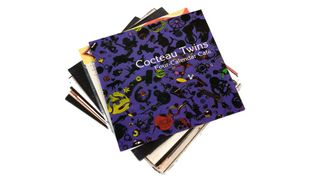
4. Cocteau Twins - Four-Calendar Café (1993)
“Again, it’s really hard to pick a record for this band. I guess this would be considered one of their more poppy releases, but by this time Robin Guthrie’s guitar was so refined and sugar-sweet. It was just beautiful.
“What I love about this band is that you can pay attention to one of many aspects and still be lost in any one of them, rather than thinking in terms of the whole block song. I can get totally lost in the guitar or the completely unintelligible lyrics and phrasings of Elizabeth Fraser.
“Pick any day of the week and I’ll be listening to a different Cocteau Twins record. I love the work on this record, but then I just love Cocteau Twins in general…”

5. The Cult - Sonic Temple (1989)
“Love was such a massive record. I thought it was so cool when I first heard it because the music bridged that gap between my love for harder-edged music with post-punk stuff.
“But I think Sonic Temple would be the one from a strictly guitar hero standpoint, because Billy Duffy is exactly that: a hero. This record is confident, big, boisterous and braggy, in a very cool way. That’s what I love about it.”

6. Adam And The Ants - Kings Of The Wild Frontier (1980)
“It’s quite possibly my favourite album of all time… certainly in the top three. Some of these other choices might be more guitar hero than actual favourite records, but this one ticks both boxes! Marco Pirroni, the guitar player, was sticking to simple stuff and yet I find it to be one of the most adventurous records I’ve ever heard.
“I kind of aline it with The Downward Spiral by Nine Inch Nails. For its time, it was so unusual and even today, it’s such a weird record. I challenge anyone to come up with something that has Native American, pirate, post-punk directions to it. The guitars went from spaghetti western to all sorts of other amazing things.”
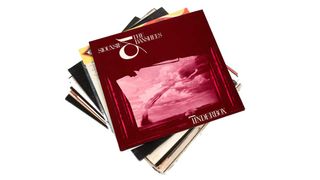
7. Siouxsie and the Banshees - Tinderbox (1986)
“There are a lot of great Siouxsie records, so much cool stuff with a lot of good guitar players coming in and out. There was obviously the curated aesthetic that Steven Severin and Siouxsie kept and maintained.
“But this is the one I love most, and it’s definitely one of my go-to records for inspiration. I still look at it as something that set the benchmark, sometimes I feel like I’m on the Tinderbox tour… every tour I’m ever on, basically haha!”

8. Dead Kennedys - Give Me Convenience Or Give Me Death (1987)
“This is more of a compilation record. East Bay Ray is another amazing guitar player; I always loved how he was influenced by things even if I wasn’t necessarily a fan of what it was myself - like the '50s/'60s guitar stuff, but I enjoy the reimagining of it and certainly within the confines on a punk band.
“It was such an interesting thing to layer in… it wasn’t music that was trying to be cool. In fact, they were trying to be uncool which therefore made it so cool.”
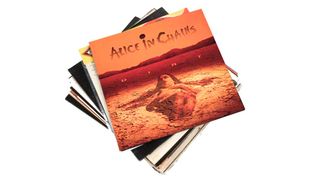
9. Alice In Chains - Dirt (1992)
“This is another big, ballsy rock record. I think they may have been the catalyst for me tuning my guitar down to C# - I was trying to figure out their some of their songs, ended up liking how it sounded and I’ve been there ever since… stuck in this C# tuning!
“Dirt was perfect, every song on that record raised the bar for me, as an artist or musician. Looking at the energy they had, I really do think Mer De Noms was my best effort to get back to the feeling I had when I heard Dirt for the first time. It had heaviness but intimacy to it as well. Jerry Cantrell is amazing… he was and still is.”

10. The Cure - Pornography (1982)
“Now for the hard part. I’ve actually got four more records I wanted to include, starting with Killing Joke’s debut. It’s a little harsh at times, but I actually love that about it. It felt like the coolest thing when I first heard it and my 12 year-old self felt very cool for knowing it, like I was branching out.
“But then again, Nothing’s Shocking by Jane’s Addiction was such a juggernaut moment in LA, and I was in LA when it came out.
“And then there’s The Cure’s Pornography. It’s pretty hard to pick between these, but The Cure were so important for me in terms of inspiration, it has to be them. This is a very spooky, scary record. I love that era, the early '80s and the music that came around during that time.”

Amit has been writing for titles like Total Guitar, MusicRadar and Guitar World for over a decade and counts Richie Kotzen, Guthrie Govan and Jeff Beck among his primary influences. He's interviewed everyone from Ozzy Osbourne and Lemmy to Slash and Jimmy Page, and once even traded solos with a member of Slayer on a track released internationally. As a session guitarist, he's played alongside members of Judas Priest and Uriah Heep in London ensemble Metalworks, as well as handling lead guitars for legends like Glen Matlock (Sex Pistols, The Faces) and Stu Hamm (Steve Vai, Joe Satriani, G3).
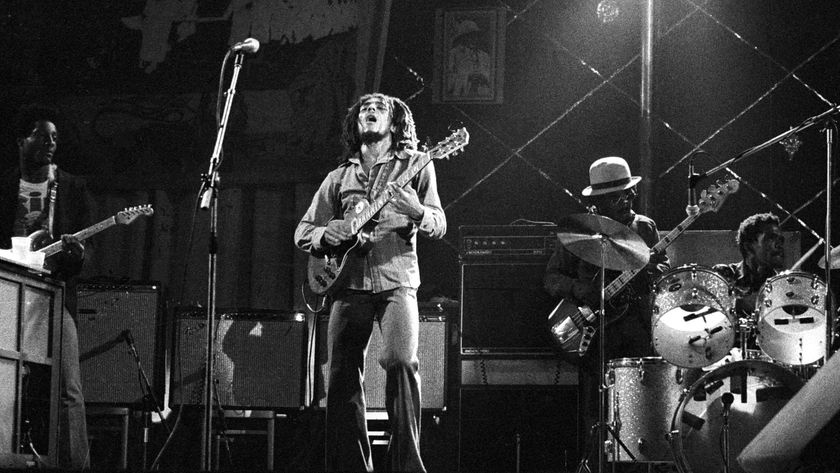
"Reggae is more freeform than the blues. But more important, reggae is for everyone": Bob Marley and the Wailers' Catch a Fire, track-by-track
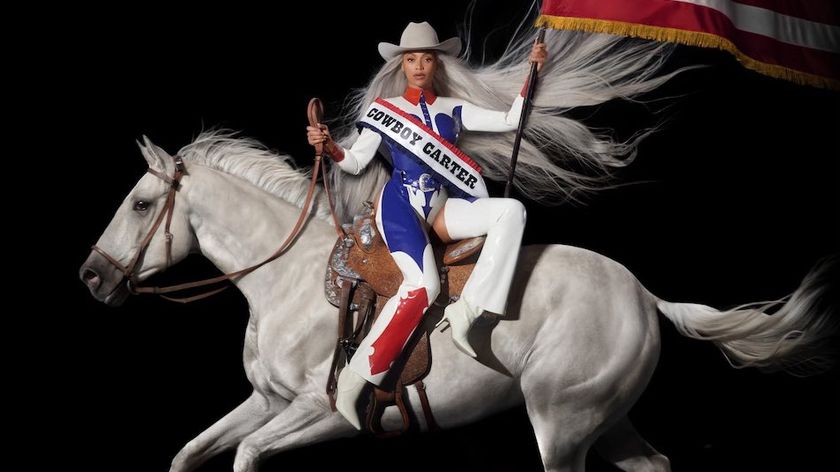
“Part of a beautiful American tradition”: A music theory expert explains the country roots of Beyoncé’s Texas Hold ‘Em, and why it also owes a debt to the blues

"Reggae is more freeform than the blues. But more important, reggae is for everyone": Bob Marley and the Wailers' Catch a Fire, track-by-track

“Part of a beautiful American tradition”: A music theory expert explains the country roots of Beyoncé’s Texas Hold ‘Em, and why it also owes a debt to the blues


